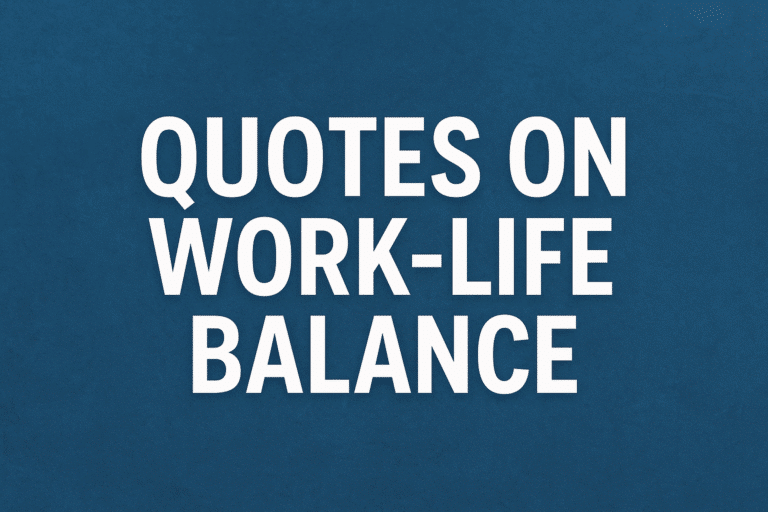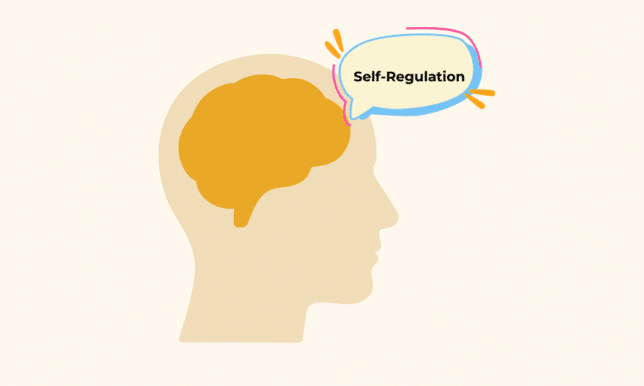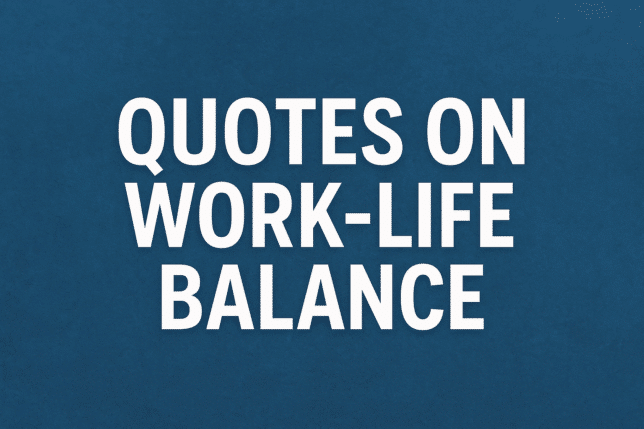Why Healthy Boundaries Matter in Love
Every strong relationship thrives on a delicate balance: closeness and space. Healthy boundaries aren’t walls that separate partners; they are signposts that clarify where each person’s comfort zone begins and ends. They help couples communicate more effectively, reduce conflict, and prevent emotional burnout.
Without healthy boundaries, small annoyances can pile up into resentment. Partners may feel unheard, overwhelmed, or taken for granted. According to Camille Tenerife, LMFT:
“Healthy boundaries are important because they prevent resentment and contempt, and they promote a healthy attachment with one another.” – Camille Tenerife, LMFT
Boundaries create emotional safety — the kind of environment where love can flourish. When each person understands what is acceptable, and what is not, both partners feel respected, valued, and free to be themselves.
For more on why boundaries are essential for well-being, check out Mayo Clinic’s guide to setting boundaries.
What Is a Healthy Boundary?
A healthy boundary is a clear, respectful limit that protects your well-being while promoting mutual respect. It’s not a punishment or a way to control your partner — it’s about clarifying what you need and taking responsibility for your own feelings.
Boundaries can be emotional, physical, digital, financial, or time-related. Examples include:
- Emotional boundaries: Protecting your mental energy and limiting conversations that feel overwhelming.
- Physical boundaries: Defining comfort zones for affection, personal space, or alone time.
- Time boundaries: Balancing work, hobbies, social life, and couple time.
- Digital boundaries: Setting rules for phone use, texting, or social media interactions.
- Financial boundaries: Establishing personal spending limits, shared budget expectations, or transparency practices.
By clearly identifying boundaries in multiple areas, couples can prevent misunderstandings and create a sense of partnership and safety. Research also shows that clear boundaries significantly improve emotional health and relational satisfaction (Psychology Today).
Boundaries vs. Requests: Understanding the Key Difference
One of the most common mistakes couples make is confusing requests with boundaries. Camille explains:
“A request is: ‘Please don’t yell at me.’ A boundary is: ‘When you start to yell in a conversation, I will take a break and circle back when I feel calm.’” – Camille Tenerife, LMFT
This distinction is crucial. Requests are dependent on your partner’s behavior, while boundaries are about your actions and responses. When we act responsibly for ourselves, we reduce conflict and give partners a clear model for healthy communication.
Expert Tips for Setting Healthy Boundaries
1. Communicate Boundaries Before Emotions Escalate
Waiting until frustration or anger builds is a recipe for conflict. Instead, discuss boundaries proactively. Camille recommends giving your partner a heads-up before setting a boundary:
“I notice when we disagree, you raise your voice. I get really overwhelmed. When it happens again in the future, I will have to take a pause from the conversation.” – Camille Tenerife, LMFT
By communicating early, you reduce surprise and defensiveness, making your boundary easier to accept and respect.
2. Clarify the Type of Boundary You’re Setting
Healthy boundaries span several areas of life. Being specific about the type of boundary makes it easier for your partner to understand and follow.
- Emotional boundaries: Avoid taking on your partner’s stress as your own. Set limits on emotional load.
- Physical boundaries: Decide when you need alone time, or what forms of touch feel comfortable.
- Time boundaries: Create space for hobbies, personal growth, or rest without guilt.
- Digital boundaries: Agree on limits around phones, emails, or social media to protect quality time.
- Financial boundaries: Clearly define shared expenses and personal spending to prevent conflict.
Couples who proactively set boundaries in multiple domains report feeling more connected and less stressed. For practical strategies to improve emotional and relationship health, see Stunning Motivation’s guide on building self-confidence in relationships.
3. Use “I” Statements to Reduce Conflict
Using “I” statements keeps your partner from feeling blamed or attacked. Instead of saying, “You always ignore me,” try:
- “I feel lonely when we don’t spend time together.”
- “I get overwhelmed when conversations escalate, so I need to step away sometimes.”
This language encourages empathy and understanding, helping your partner hear the message without defensiveness.
For more guidance on saying no and asserting yourself without guilt, check out The Power of Saying No.
4. Respect Your Partner’s Boundaries
Boundaries go both ways. Just as you set limits for yourself, acknowledge and respect your partner’s needs. Camille emphasizes:
“Mutual respect is the cornerstone of healthy boundaries. When one partner shares their limits, honoring them creates trust and emotional safety.” – Camille Tenerife, LMFT
This mutual respect strengthens the relationship and models healthy behavior for both partners.
5. Revisit and Adjust Boundaries as Life Changes
Life is dynamic — jobs, kids, health, or new living situations can all affect what boundaries are needed. Check in regularly to revisit and adjust boundaries as circumstances shift.
- Schedule monthly or quarterly “relationship check-ins.”
- Discuss what is working, what isn’t, and what needs fine-tuning.
- Treat boundary adjustments as a partnership, not a compromise that sacrifices your needs.
Regular check-ins prevent small frustrations from turning into long-term resentment.
6. Seek Support When Needed
Sometimes, boundary-setting feels impossible. Repeated conflicts or resistance may indicate patterns that require professional guidance. A therapist can:
- Provide neutral space for discussion.
- Offer practical communication tools.
- Help partners negotiate limits without escalating conflict.
Therapy isn’t a sign of failure — it’s a commitment to nurturing a healthier, more resilient relationship. For more science-backed insights on boundaries and well-being, visit Mayo Clinic’s guide to healthy boundaries.
Conversation Starters to Begin Boundary Discussions
Starting a boundary conversation can feel uncomfortable. These prompts make it easier to begin:
- “I feel overwhelmed when we argue late at night. Could we revisit the topic in the morning?”
- “I love spending time together, but I also need one evening a week to recharge alone. How can we make that work?”
- “I feel uncomfortable when we share passwords. Can we talk about what feels safe for both of us?”
- “I need uninterrupted work time during certain hours. Can we agree on quiet periods?”
- “I feel stressed when our plans change last minute. Can we discuss scheduling in advance?”
- “What makes you feel most respected in our relationship?”
- “Are there areas where you feel your boundaries aren’t being honored?”
- “How can we both protect personal space while staying emotionally connected?”
- “What would make you feel safer or more comfortable with me?”
These prompts help couples practice empathy, active listening, and negotiation, all critical skills for long-term relational health.
FAQs About Relationship Boundaries
Q: Can boundaries change over time?
Absolutely. As individuals and relationships grow, needs evolve. Revisiting boundaries regularly ensures they remain relevant and healthy.
Q: What if my partner refuses to honor a boundary?
Hold your boundary calmly and consistently. Boundaries are about your actions, not controlling someone else. Persistent resistance may require counseling.
Q: Are boundaries selfish?
Not at all. Boundaries protect both partners’ well-being and create the emotional space necessary for connection, trust, and intimacy.
For additional relationship communication strategies, see Stunning Motivation’s guide on effective communication for couples.
3-Step Boundary Plan You Can Start Today
- Identify one area where you feel overwhelmed or resentful.
- Write your boundary using “I” statements (e.g., “When X happens, I will Y”).
- Communicate it kindly to your partner and provide a short example or timeline.
Practice weekly. Small, consistent steps build trust and reinforce healthy relational patterns.
Final Thoughts: Boundaries Are a Gift, Not a Punishment
Healthy Boundaries are the invisible scaffolding that supports love. They reduce conflict, increase clarity, and create emotional safety — the foundation for lasting intimacy.
As Camille reminds us:
“Boundaries aren’t ultimatums. They’re a way of saying, ‘I care about this relationship enough to be honest about what I need.’” – Camille Tenerife, LMFT
Start with one boundary today, communicate it with care, and watch your relationship grow stronger, closer, and more resilient.
Ankita holds a Ph.D. in Biotechnology and contributes to Stunning Motivation as a Writer and Editor, where she explores the intersection of science, psychology, and personal growth. Her articles focus on mindfulness, motivation, mental health, and productivity, helping readers apply evidence-based insights to live with clarity and purpose. She is currently finishing two books — one on Biotechnology and another on the Goal Setting Formula.


















